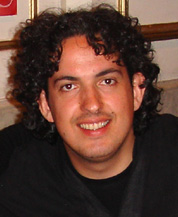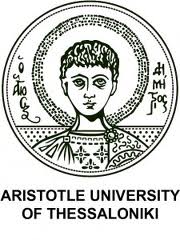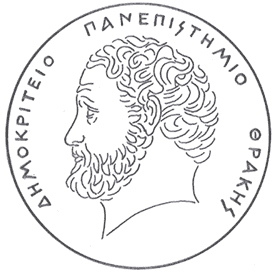Tutorials
Dr Anastasios Tefas, Dept. of Informatics, Aristotle University of Thessaloniki, Greece

Subject: “Neural Networks for Digital Media Analysis and Description”
Abstract
Recent advances in technological equipment, like digital cameras, smart-phones, etc., have led to an increase of the available digital media, e.g., videos, captured every day. Moreover, the amount of data captured for professional media production (e.g., movies, special effects, etc) has dramatically increased and diversified using multiple sensors (e.g., 3D scanners, multi-view cameras, very high quality images, motion capture, etc), justifying the digital media analysis as a big data analysis problem. As expected, most of these data are acquired in order to describe human presence and activity and are exploited either for monitoring (visual surveillance and security) or for personal use and entertainment. Basic problems in human centered media analysis are face recognition, facial expression recognition and human activity recognition. According to YouTube statistics http://www.youtube.com/yt/press/statistics.html, 100 hours of video are uploaded by the users every minute. Such a data growth, as well as the importance of visual information in many applications, has necessitated the creation of methods capable of automatic processing and decision making when necessary. This is why a large amount of research has been devoted in the analysis and description of digital media in the last two decades.
In this tutorial a short overview on recent research efforts for digital media analysis and description using neural networks will be given. Neural networks are very powerful in analyzing, representing and classifying digital media content through various architectures and learning algorithms. Both unsupervised and supervised algorithms can be used for digital media feature extraction. Digital media representation can be done either in a synaptic level or at the output level. The specific problem that will be used as a case study for digital media analysis is the human-centered video analysis for activity and identity recognition. Several neural network topologies, such as self organizing maps, independent subspace analysis, multi-layer perceptrons, extreme learning machines and deep learning architectures will be presented and results on human activity recognition will be reported.
Dr Anastasios Tefas short
Anastasios Tefas, Ph.D.,
Assistant Professor,
Artificial Intelligence & Information Analysis lab Department of Informatics,
Aristotle Univ. of Thessaloniki, GR-54124 Thessaloniki (BOX 451), Greece
E-mail: tefas@aiia.csd.auth.gr,
Tel:+302310991932, fax:+302310998453
Personal page: http://poseidon.csd.auth.gr/LAB_PEOPLE/TTefas.htm
Anastasios Tefas received the B.Sc. in informatics in 1997 and the Ph.D. degree in informatics in 2002, both from the Aristotle University of Thessaloniki, Greece. Since 2013 he has been an Assistant Professor at the Department of Informatics, Aristotle University of Thessaloniki. From 2008 to 2012, he was a Lecturer at the same University. From 2006 to 2008, he was an Assistant Professor at the Department of Information Management, Technological Institute of Kavala. From 2003 to 2004, he was a temporary lecturer in the Department of Informatics, University of Thessaloniki. From 1997 to 2002, he was a researcher and teaching assistant in the Department of Informatics, University of Thessaloniki. Dr. Tefas participated in 12 research projects financed by national and European funds. He has co-authored 34 journal papers, 100 papers in international conferences and contributed 7 chapters to edited books in his area of expertise. Over 1900 citations have been recorded to his publications and his H-index is 21 according to Google scholar. His current research interests include computational intelligence, pattern recognition, statistical machine learning, digital signal and image processing and computer vision, biometrics and security.




